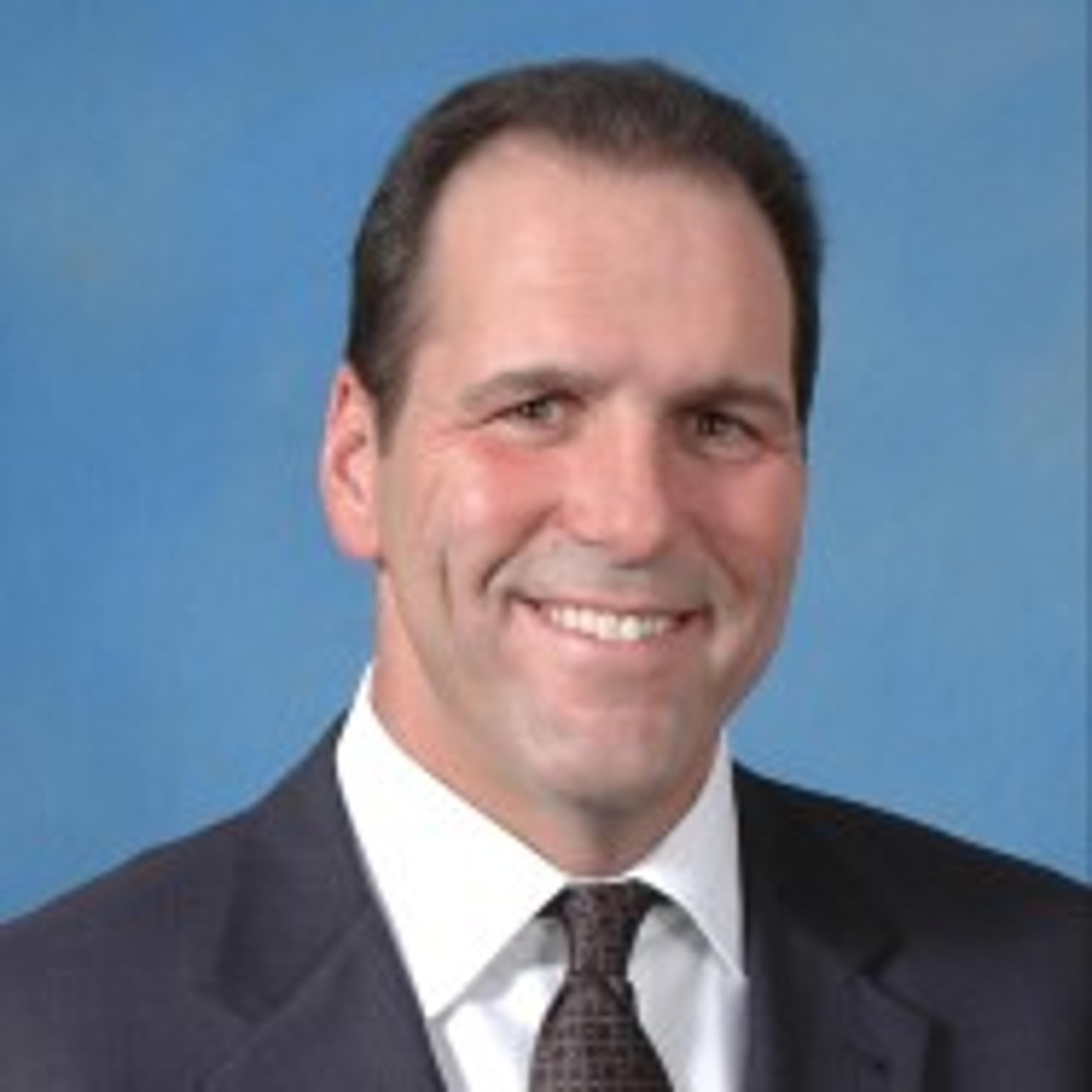What’s hot in 2013? Health and wellness

Ken Dallafior
| 2 min read

Businesses of all sizes are seeing the light: Healthy employees mean higher productivity, lower health costs, better morale and a healthier bottom line.
Smallbiztrends.com reports a new study, The State of Workplace Wellness in America, found 87% of business executives nationwide believe workplace wellness programs are beneficial for their companies. According to the 2012 Towers Watson/National Business Group on Health Employer Survey, 40% of companies say cultivating employee health and well-being will be a central part of their health care strategy in 2013.
And another recent study found 45% of midsized businesses already offer employee wellness programs.
The growing popularity of wellness programs is certainly understandable. Last year, HRMorning.com, “Massive study shows true return on wellness plan investment,” cited an American Journal of Health Promotion analysis of 56 work site health programs. Its findings showed that employers who implemented these programs achieved:
- 26% savings reduction in health care costs
- 27% fewer incidents of sick leave absenteeism
- 32% lower costs for workers’ compensation and disability claims
- An ROI of about $5.81 for every $1 spent
As we wrote in an earlier post, research from the Michigan Journal of Public Affairs suggests the largest share of those returns come from improved productivity. In a 2012 Harris Interactive survey of American workers at businesses with 10 to 1,000 employees, 41% agreed having a wellness program encourages them to work harder and perform better at work.
What’s the hottest strategy for this hot trend? Incentives.
The National Business Group on Health survey found 48% of companies planned to use incentives to get workers involved in wellness in 2013. An earlier study found 61% of employees participated in a wellness program when their companies offered an incentive compared to 26% participation rates without incentives. About 25% of employees reported these incentives were the reason they agreed to enroll in their employers’ wellness programs.
We’ll cover the latest trends and strategies for incentivizing your employees in future posts.





